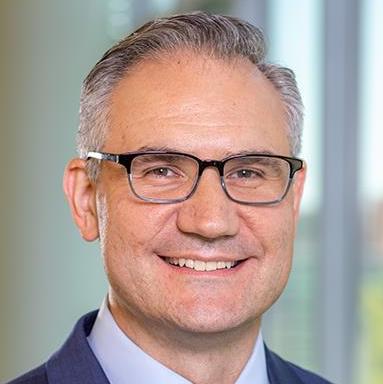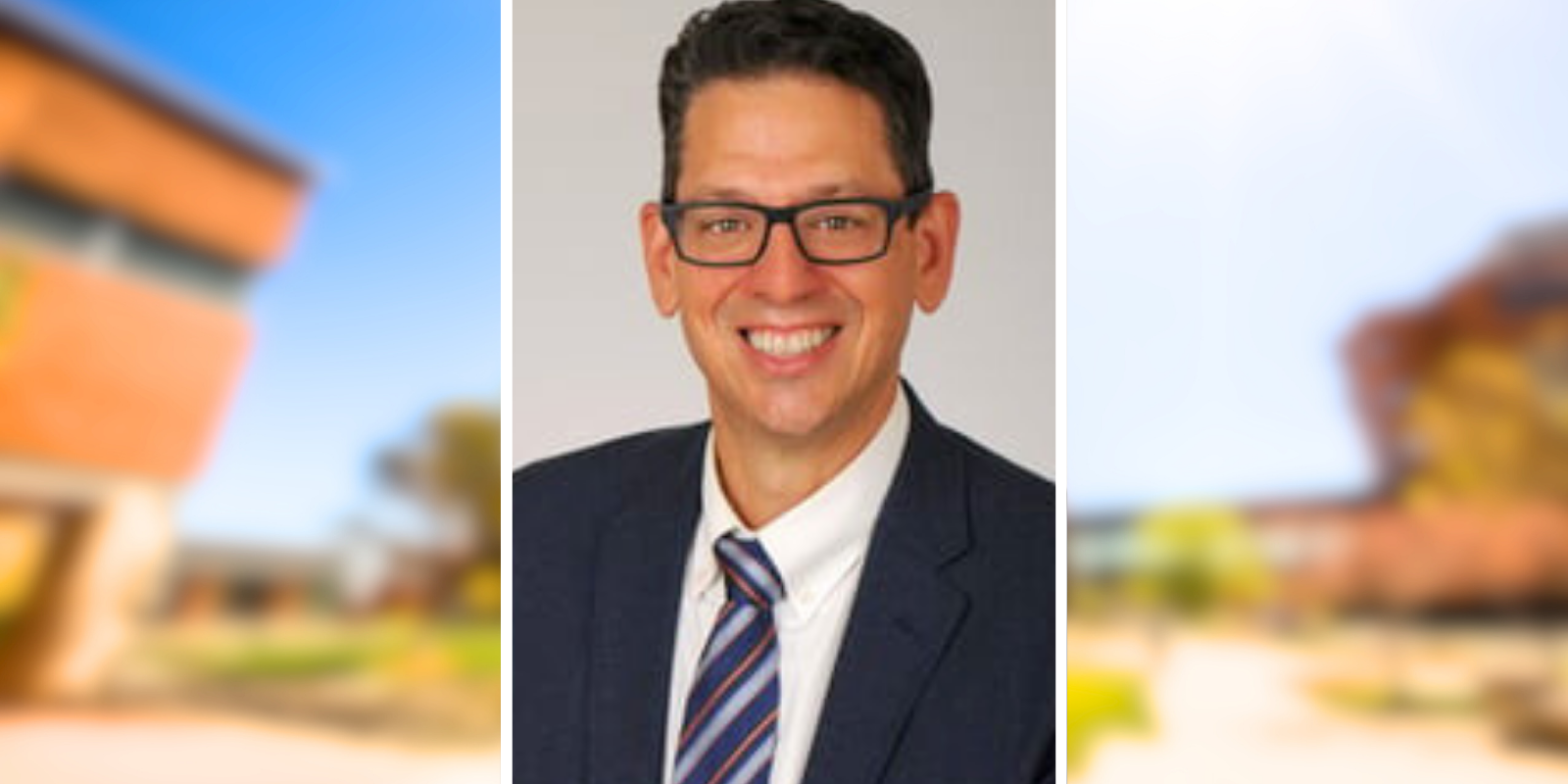The University of Colorado Burn and Frostbite Center has again been verified by the American Burn Association (ABA) in a process that occurs every three years. According to the ABA, verification is “an indicator to government, third-party payers, patients, families, and accreditation organizations that the center provides high-quality patient care to burn patients from the time of injury through rehabilitation.”
The Burn Center has achieved continual verification since its first ABA Survey in 1998, and that trend continues this year. The Burn Center received its verification confirmation on January 12, 2024, to continue through April 30, 2027.
“It's a validation of the quality of work that we do and the care we provide for our patients,” says Burn Center medical director Arek Wiktor, MD. “It's a team effort to take care of a burn patient, so this is recognition of the entire burn team. We had zero deficiencies in our evaluation, and the ABA reviewers were very impressed across all aspects of our care.”
Longstanding reputation
The CU Burn Center is the first and longest-standing ABA-verified burn center in the Rocky Mountain region and one of only two in the state of Colorado. The center’s multidisciplinary team cares for approximately 550 patients each year.
The Burn Center treats a variety of conditions, including thermal burns, electrical burns, lightning injuries, chemical burns, frostbite and hypothermia, degloving injuries, and soft-tissue diseases. The center offers inpatient and outpatient services in the same location, the latter including physical and occupational therapy as well as a reconstructive clinic.
Areas of excellence
Among the areas cited by the ABA were the CU Burn and Frostbite Center’s quality improvement program, an internal program to continuously improve processes and patient care, and the center’s research programs, which have grown more robust in recent years. Wiktor has two active Department of Defense grants, and Burn Center member Elizabeth Kovacs, PhD, conducts funded research as well.
“We were also recognized for our outreach programs,” Wiktor says. “We go to surrounding states including Wyoming, New Mexico, Kansas, and even South Dakota and Montana, as well as sites throughout Colorado, to teach fundamentals of burn care.”
Since the Burn Center’s last ABA verification in 2021, the center has opened a remote burn clinic in Fort Collins to offer easier access for patients in Wyoming and northern Colorado. Ongoing quality improvement efforts have resulted in shorter lengths of stay for admitted patients, as well as a reduction in the number of patients admitted who would be better served by outpatient care.
“We have a triage app that lets providers send us pictures of their patient’s wounds to help make sure we don’t admit patients who don’t have to be admitted,” Wiktor says. “At the same time, we've improved our processes so we can get most patients into the clinic within 24 to 48 hours. We have the shortest wait time for any clinic in the entire UCHealth system.”
Technological improvements
Since the COVID-19 pandemic began, the Burn Clinic also has improved its system for remote telehealth visits. Once a patient is treated in the clinic and learns how to care for their wound, follow-up visits can be done on a smartphone or computer.
“We’re increasing access to telehealth for our out-of-state patients so they don't have to drive 300 of 400 miles for care,” Wiktor says.
New technologies in the world of burn care — including long-acting silver dressings that decrease the need for daily wound care, spray-on skin that improves burn healing and minimizes the need for skin grafts, and a synthetic dermal substitute that is more durable than the cadaver skin previously used for burn healing — have improved care at the Burn Center as well.
“All of these advancements make for big improvements in getting people healed faster with fewer secondary wounds,” Wiktor says.





